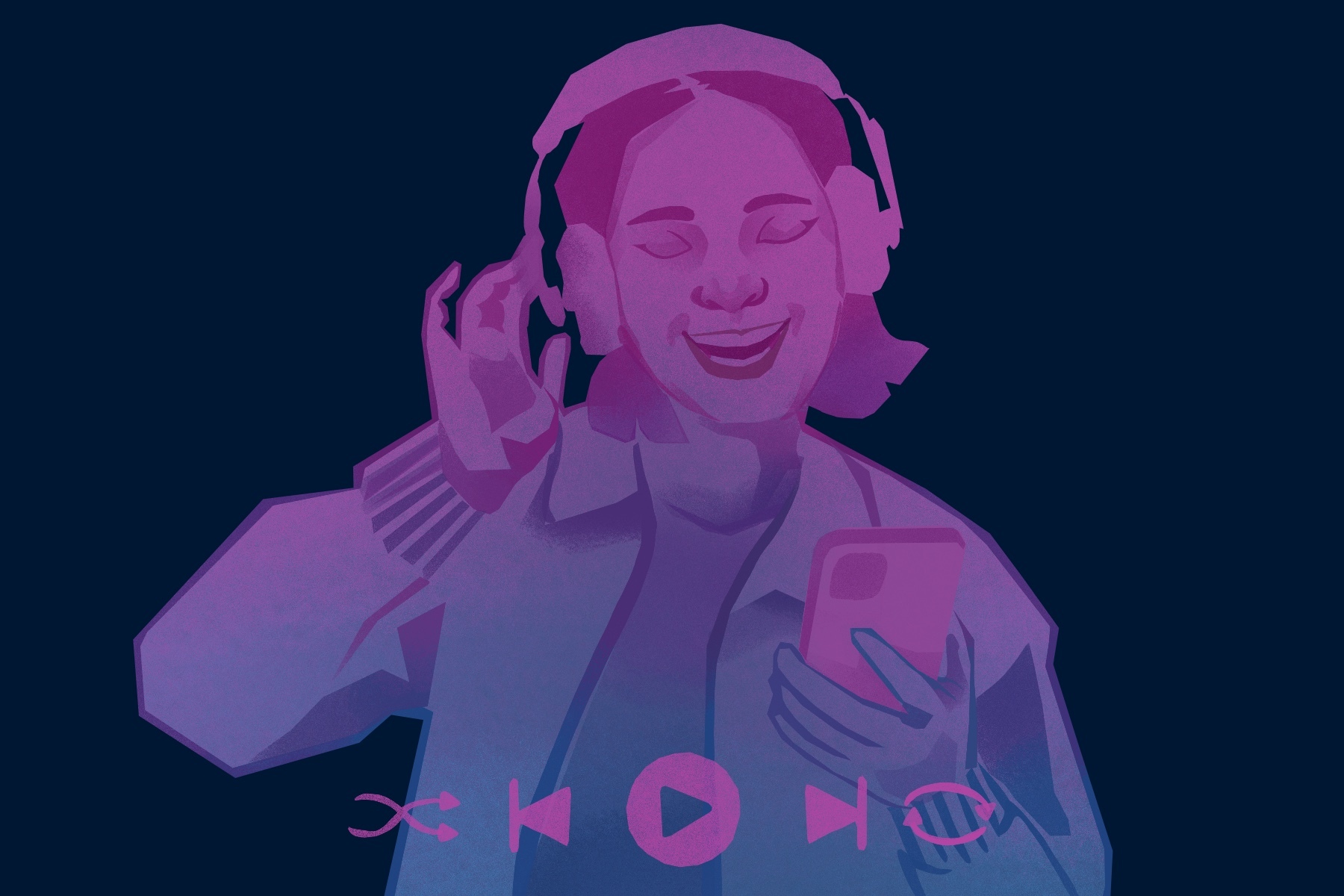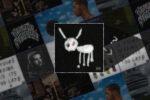If you’ve seen “Guardians of the Galaxy” or “Guardians of the Galaxy Vol. 2,” you know just how perfect a soundtrack can be. The films feature music with a distinctive ‘70s flair, a nod to protagonist Peter Quill’s abduction from Earth during the late 1980s when his only personal items were a cassette tape from his mother entitled “Awesome Mix Vol. 1” and an unopened present. At the end of the first movie, Quill finally opens the present from his mother and receives “Awesome Mix Vol. 2,” which serves as the soundtrack for the second installment in the franchise.
Whether it’s Blue Swede’s “Hooked on a Feeling” underscoring a prison break, or “Mr. Blue Sky” by Electric Light Orchestra setting the stage for a battle against a massive interdimensional monster, it’s hard to deny that each song fits its scene beautifully.
James Gunn, the director of both the first two “Guardians of the Galaxy” movies, explained his process for selecting the songs that captured the essence of the first film: “I downloaded a few hundred songs, and from that made an iTunes playlist of about 120 songs, which fit the movie tonally. I would listen to the playlist on my speakers around the house — sometimes I would be inspired to create a scene around a song, and other times I had a scene that needed music and I would listen through the playlist, visualizing various songs, figuring out which would work the best.”
What sets the “Guardians of the Galaxy” franchise apart is its ability to create a soundtrack that feels intensely memorable and personal. But most people don’t have the same kind of time as a director undertaking a major project when it comes to creating a playlist. However, they still want to capture the same magical feeling of listening to music that is perfectly curated for a given mood or activity. And while platforms like Spotify have the capability to generate playlists on demand, they don’t always get it right.
At the end of the day, no one understands your music tastes quite like you do. Adopting some of these quick and easy tips can help you create playlists that are tailored to whatever situation you’re looking for.
First and foremost, you need to decide on what exactly you want out of your next playlist. Are you trying to capture a specific feeling or memory? Or DJ an event like a road trip or a party? The music you choose for an intense workout will be very different from a study session, so it’s important to keep in mind what you want to achieve when compiling music.
It may also help to know who your audience is. Is the playlist you’re making a personal one that you can jam out to within the comfort of your own room? Or is it one that will be heard by dozens of people? Setting a clear intention will help you block out the noise that inevitably comes from having too much music to choose from.
Next, write down or add some initial songs to a playlist that best highlight the vibe you’re trying to create. Think of it as a sketch or rough draft. All you’re trying to do is collect your thoughts before you get into the nitty-gritty details. If you’re having trouble coming up with a few titles, try using Spotify’s Discover Weekly or Recommended Songs features to explore new music that’s similar to songs you already like. You can also browse playlists by other Spotify users to see what kinds of songs they’ve used to set certain moods or narrate different activities.
Speaking of narration, good music tells a story. A perfect playlist should seek to do the same. It may seem a little counterintuitive to think about structuring something that should ultimately be fun and enjoyable, but it’s worth it. The best artists know how to ease their listeners into an album before hitting that high point and bringing them back down again. In an article from NPR, the authors recommend framing a playlist like a flight since the “plane takes off, stays in the air for a bit, and then gently comes down” for the landing.
When you feel like you have a solid structure in place and a compelling story to tell that will hold your interest even after the playlist is several years old, then it’s time to work on refining it. Listen to it all the way through a few times and see how it makes you feel. Is there anything that’s missing? Is there something else you want to convey through the music? This aspect is probably the trickiest part of the process, but the more time you spend editing your playlist, the more satisfied you will feel in the end.
Finally, don’t forget to have fun while creating your perfect playlist. Music helps humans connect with themselves and each other, allowing them to communicate the things that they can’t necessarily find the words to say. To make your playlist even more personal and representative of you, try giving it a weirdly specific title (here’s my own attempt to do so) or adding a picture to your playlist, as if you were composing your own album. If you’re creating a playlist that many people will be listening to, try making a collaborative playlist where everyone can the add songs they like.
Beginning a new playlist can be a daunting task, but don’t feel overwhelmed. If you leave yourself open to trial-and-error, experimentation and exploration, you will ultimately create your perfect playlist, even if it will never serve as the soundtrack to your epic battle with alien overlords.

















